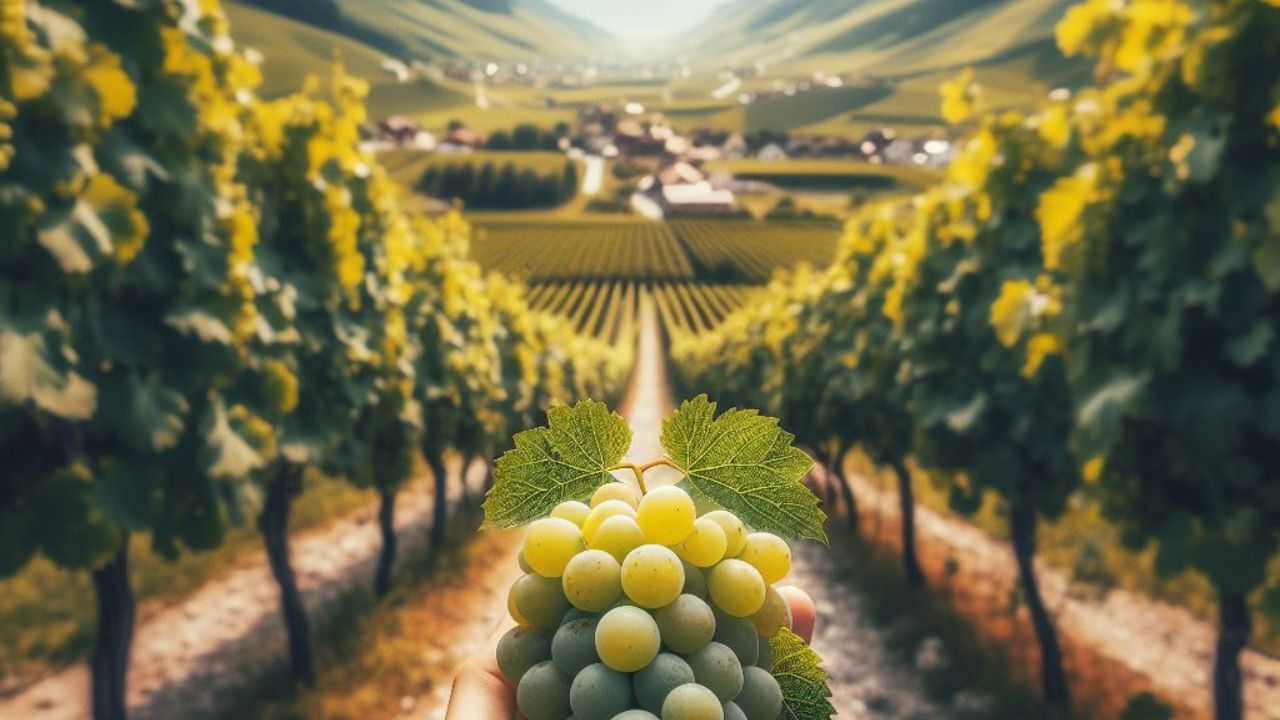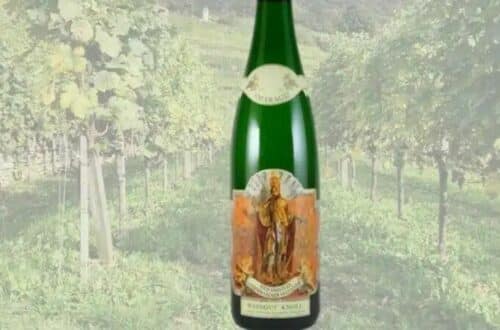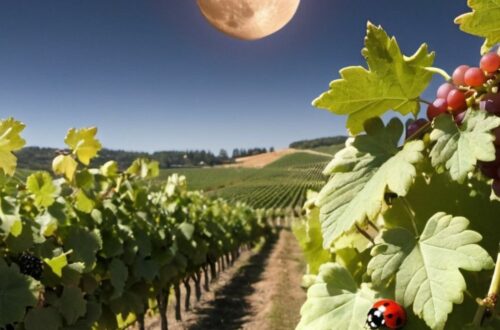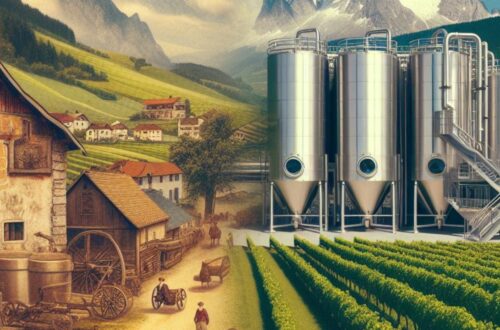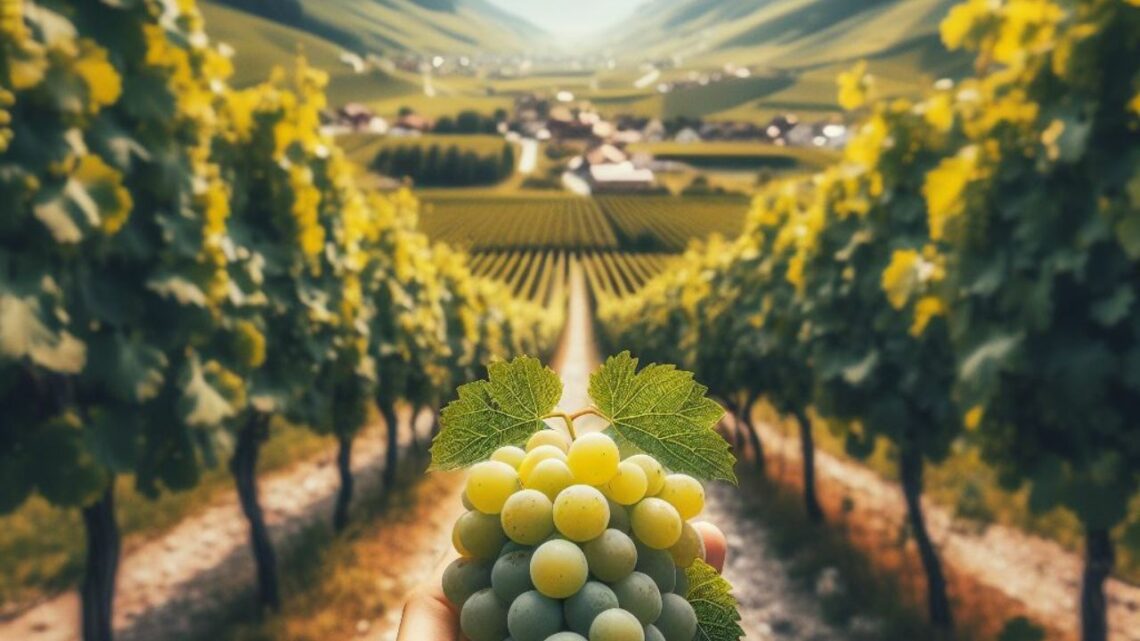
What is the most common grape variety grown in Austria?
It was the CELTS who planted the first vines, a little before our era. Then viticulture took off in the Middle Ages before taking a turn in 1784 when Emperor Franz Joseph II granted winemakers permission to sell their wines directly to consumers.
Austria is now home to 46500 hectares of VINES Seeing as the Alps cover most of the country, the vineyards are mostly located in the EAST of the country. The climate is continental, meaning the winters are cold and the summer, the ripening season, is short.
What is the most common grape variety grown in Austria?
There are three traditional white grape varieties :
- the Grüner Veltliner is the most FAMOUS white grape variety in Austria and represents 36% of the grapes. It produces wines with high acidity, making it very fresh in the mouth. Most of these wines (and the ones I prefer) are grown in stainless steels. However, in some wineries, the fermentation takes place in old or new oak barrels of all sizes.
- The Welschriesling produces simple wines with citrus and green apple aromas. This grape variety being subject to botrytis, produces very good sweet wines.
- The wines from Riesling are usually medium to full-bodied with ripe fruit primary aromas.

A little reminder on the Appellations
Austria mainly produces PDO (Protected Designation of Origin, English equivalent of AOP) wines. Wines bearing the Landwein designation are IGP wines.
PDO wines are then divided into two categories: Qualitätswein and DAC (Districtus Austriae Controllatus). Qualitätswein are produced in four states and seven smaller areas. They can be made from the 35 authorized grape varieties and in all styles.
Austria has the same etiquette system as Germany and can therefore add a Prädikat level to it. Austria adds TWO levels: ausbruch, a category between BA and TBA and strohwein (or shilfwein) which are passerilled wines made by placing the bunches on a bed of straw during the winter to concentrate the juice.
DACs are produced in fifteen wine regions

Grüner Veltliner in the Weinviertel
The DAC Weinviertel is the largest wine-growing area in Austria (and was the first DAC in the country). Grüner Veltliner is the only grape variety allowed. There are TWO types of wines: the “Klassik” which are fresh and light and the “Reserve” which often serve as aging under wood.

My tour started off with a tasting of the Grüner Veltliner at Paul Weingut. We tasted
- Weinviertel DAC Klassik : bright greenish yellow color, with aromas of peppery citrus, gooseberry & lychee. High acidity in the mouth, typical of the grape variety
- Weinviertel DAC Ried Kreuzenstein : same color as the Klassik GV with apple aromas this time.
ANECDOTE : What does RIED mean? It is a plot of a wine estate or as they say in Burgundy “Lieu-dit”/”Climat”. In our case, the grapes come from the plot “Kreuzenstein”
- Frühroter Veltliner : this time, it is not longer Grüner Veltliner but Fruhroter Veltliner, another grape variety. The wine has still a bright greenish yellow color with floral aromas and slightly spicy notes. The wine has low to medium acidity.
ANECDOTE : “Früh” means early in German and “rot” means red. Frühroter is an early-ripening red skinned grape. It has no link whatsoever to Grüner Veltliner but is a cross between Roter Veltliner and Silvaner.
- Grüner Veltliner Exclusive Reserve : The wine has a golden yellow color, with peppery and complex fruity aromas. The acidity is high though not dominant.
- VollmondWein (nearly an Eiswein) : Having not the required sugar level for an eiswein (though very near, at 0,5g), this wine is nevertheless a VollmondWein.
So what is a Vollmondwein? Well, German being German, we just have to decompose the word : Voll means full, Mond means Moon and Wein, well that’s an easy one : wine. So this is a wine where grapes were harvested late during a full moon.
2021 and especially 2019 were the best vintages for Grüner Veltliner.

Our next stop : the Weingut Deutsch!
Weingut Deutsch has been a traditional family winery for three generations now. Most of the production goes through the Heuriger, the family-owned tavern.
ANECDOTE : What is a Heuriger actually? Heuriger were created by the Emperor Jospeh II to enable winemakers to sell their wines. At first, food was forbidden in order to avoid any competition with restaurants but these restrictions soon disappeared.
The Heurigers are considered distant cousins of the German Kellers. They are simple and warm taverns that make their own wine mostly from their own vineyard. The word Heuriger comes from the word “Heuer” meaning “this year” in the Austrian dialect. So “Heuriger Wein” means “this year’s wine”.
They would be a family business and would open only a few weekends a year. This has now changed and heuriger are usually taverns where you can eat and drink the local wine and sometimes other wines even, with a typical Austrian atmosphere.
Their top–Veltliner, which is the one I took home, shows the potential of the Grüner Veltliner variety. The grapes are fully ripe and the vinification is done gently. The full-bodied wine, with a creamy taste, has thus ripe fruit aromas with spicy notes.

Our last stop in the Weinviertel was Dietzl. This family business grew where the owner’s mom grew up. It actually used to be stables for cows and pigs and it took the current owner 10 years to build his vineyard. He now has 4ha of wine, mostly is sold on site.
Although we are in the Weinviertel, Grüner Veltliner’s land of predilection, climate changes brings more and more droughts and red grapes suffer less with this climate than white grapes.
My selection : Evergreen 2021, Pepper, 2021 and Réserve 2015. The first ones are typical Grüner Veltliner, however the last one I found interesting.
The latter is a creamy and complex wine was stored in a small wooden barrel for ten months on lees.
Grüner Veltliner in the Wachau
The Wachau is best known for its wines for aging. The grape varieties allowed are Grüner Veltliner and Riesling, with very concentrated flavors.

A must-stop is Mayer Resch Weingut & Heurige As most Austrians, the couple is very careful with plant protection or soil work. Everything is done by hand. We were able to taste their several Grüner Veltliner of course, which are all well-made and very good and belong to the Kremstal DAC.
They are also one of the rare wineries to work with the Neuburger grape variety. This straw-color wine is full-bodied and powerful, with fruity and nut aromas.
You can follow them on Facebook !
Oh and by the way, even if you did not enjoy wines (although, if you read the article, you must at least be somewhat interested in it), you should go visit the Wachau, it is one of the most beautiful areas in the world!
Check this out :

Austria, due its unfortunate history, has a rather unknown vineyard, which I think is a shame because it produces such great wines. It also has very strict rules, the strictest in Europe, in terms of wine production. Today, Austria ranks 19th in world production, 65% of which is white wine. The most famous grape variety in Austria is Grüner Veltliner which represents 36% of the total wine production.
Have you ever tasted Austrian white wines? What did you think of it?




